Mazda CX-30 vs Tesla Model 3 – Performance, range & efficiency compared
Costs and Efficiency:
Price and efficiency are key factors when choosing a car – and this is often where the real differences emerge.
Mazda CX-30 has a noticeable advantage in terms of price – it starts at 25200 £, while the Tesla Model 3 costs 34300 £. That’s a price difference of around 9043 £.
Engine and Performance:
Power, torque and acceleration are the classic benchmarks for car enthusiasts – and here, some clear differences start to show.
When it comes to engine power, the Tesla Model 3 has a significantly edge – offering 460 HP compared to 186 HP. That’s roughly 274 HP more horsepower.
In acceleration from 0 to 100 km/h, the Tesla Model 3 is significantly quicker – completing the sprint in 3.10 s, while the Mazda CX-30 takes 8.30 s. That’s about 5.20 s faster.
In terms of top speed, the Tesla Model 3 performs clearly perceptible better – reaching 262 km/h, while the Mazda CX-30 tops out at 204 km/h. The difference is around 58 km/h.
There’s also a difference in torque: Tesla Model 3 pulls decisively stronger with 660 Nm compared to 240 Nm. That’s about 420 Nm difference.
Space and Everyday Use:
Whether family car or daily driver – which one offers more room, flexibility and comfort?
Both vehicles offer seating for 5 people.
In curb weight, Mazda CX-30 is clearly perceptible lighter – 1455 kg compared to 1822 kg. The difference is around 367 kg.
In terms of boot space, the Tesla Model 3 offers noticeable more room – 594 L compared to 430 L. That’s a difference of about 164 L.
When it comes to payload, Mazda CX-30 evident takes the win – 496 kg compared to 333 kg. That’s a difference of about 163 kg.
Who comes out on top?
Overall, the Tesla Model 3 shows itself to be leaves the rival little chance and secures the title of DriveDuel Champion.
It convinces with the more balanced overall package and proves to be the more versatile choice for everyday use.
Costs and Consumption
View detailed analysis
Engine and Performance
View detailed analysis
Dimensions and Body
View detailed analysis
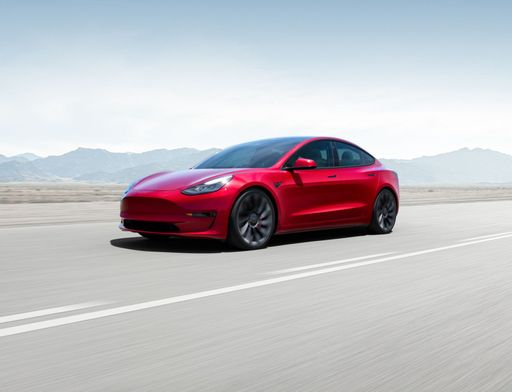 @ Tesla, Inc.
@ Tesla, Inc.
Tesla Model 3
Mazda CX-30
The Mazda CX-30 blends sleek coupe-like lines with the practicality of a compact crossover, feeling more premium than its price tag suggests. It’s a joy to drive for anyone who likes a taut chassis and an interior that treats daily commutes like a small luxury escape.
details @ Mazda Motor Corporation
@ Mazda Motor Corporation
 @ Mazda Motor Corporation
@ Mazda Motor Corporation
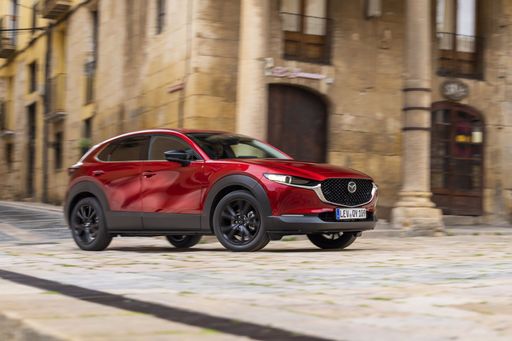 @ Mazda Motor Corporation
@ Mazda Motor Corporation
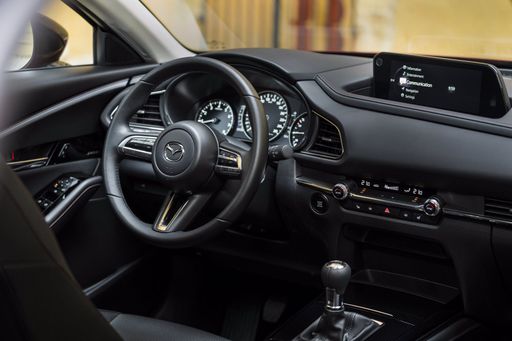 @ Mazda Motor Corporation
@ Mazda Motor Corporation
Tesla Model 3
The Tesla Model 3 slices through daily commuting with a silent, confident shove that makes petrolheads reassess their life choices, while its minimalist cabin feels more like a slick gadget gallery than a traditional car interior. For buyers after a fuss-free, tech-forward electric with plenty of grin factor and low running drama, it’s hard to beat—just don't be surprised when the car updates itself overnight.
details @ Tesla, Inc.
@ Tesla, Inc.
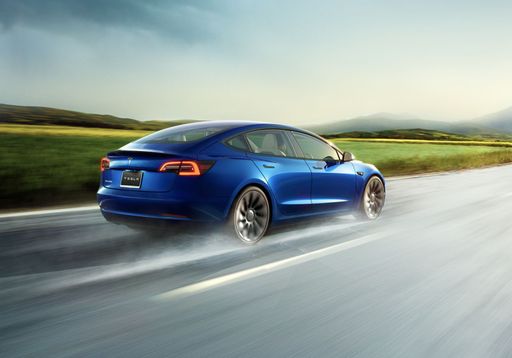 @ Tesla, Inc.
@ Tesla, Inc.
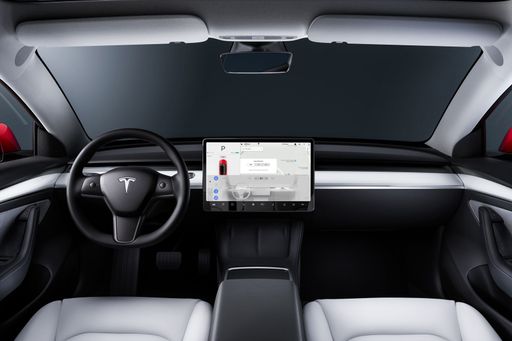 @ Tesla, Inc.
@ Tesla, Inc.
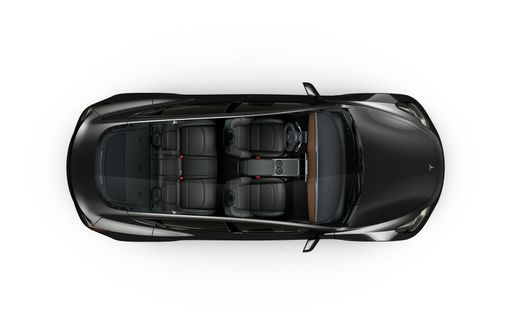 @ Tesla, Inc.
@ Tesla, Inc.
 @ Mazda Motor Corporation
@ Mazda Motor Corporation
|
 @ Tesla, Inc.
@ Tesla, Inc.
|
|
|
|
Costs and Consumption |
|
|---|---|
|
Price
25200 - 36800 £
|
Price
34300 - 50100 £
|
|
Consumption L/100km
5.7 - 6.6 L
|
Consumption L/100km
-
|
|
Consumption kWh/100km
-
|
Consumption kWh/100km
13.2 - 16.7 kWh
|
|
Electric Range
-
|
Electric Range
550 - 750 km
|
|
Battery Capacity
-
|
Battery Capacity
64.5 - 83 kWh
|
|
co2
129 - 148 g/km
|
co2
0 g/km
|
|
Fuel tank capacity
48 - 51 L
|
Fuel tank capacity
-
|
Dimensions and Body |
|
|---|---|
|
Body Type
SUV
|
Body Type
Sedan
|
|
Seats
5
|
Seats
5
|
|
Doors
5
|
Doors
4
|
|
Curb weight
1455 - 1587 kg
|
Curb weight
1822 - 1929 kg
|
|
Trunk capacity
422 - 430 L
|
Trunk capacity
594 L
|
|
Length
4395 mm
|
Length
4720 - 4724 mm
|
|
Width
1795 mm
|
Width
1850 mm
|
|
Height
1540 mm
|
Height
1431 - 1440 mm
|
|
Max trunk capacity
1398 - 1406 L
|
Max trunk capacity
-
|
|
Payload
458 - 496 kg
|
Payload
303 - 333 kg
|
Engine and Performance |
|
|---|---|
|
Engine Type
Petrol MHEV
|
Engine Type
Electric
|
|
Transmission
Manuel, Automatic
|
Transmission
Automatic
|
|
Transmission Detail
Manual Gearbox, Automatic Gearbox
|
Transmission Detail
Reduction Gearbox
|
|
Drive Type
Front-Wheel Drive, All-Wheel Drive
|
Drive Type
Rear-Wheel Drive, All-Wheel Drive
|
|
Power HP
140 - 186 HP
|
Power HP
283 - 460 HP
|
|
Acceleration 0-100km/h
8.3 - 10.3 s
|
Acceleration 0-100km/h
3.1 - 6.1 s
|
|
Max Speed
191 - 204 km/h
|
Max Speed
201 - 262 km/h
|
|
Torque
238 - 240 Nm
|
Torque
420 - 660 Nm
|
|
Number of Cylinders
4
|
Number of Cylinders
-
|
|
Power kW
103 - 137 kW
|
Power kW
208 - 338 kW
|
|
Engine capacity
1998 - 2488 cm3
|
Engine capacity
-
|
General |
|
|---|---|
|
Model Year
2025
|
Model Year
2025
|
|
CO2 Efficiency Class
D, E
|
CO2 Efficiency Class
A
|
|
Brand
Mazda
|
Brand
Tesla
|
What drive types are available for the Mazda CX-30?
The Mazda CX-30 is offered with Front-Wheel Drive or All-Wheel Drive.
The prices and data displayed are estimates based on German list prices and may vary by country. This information is not legally binding.
